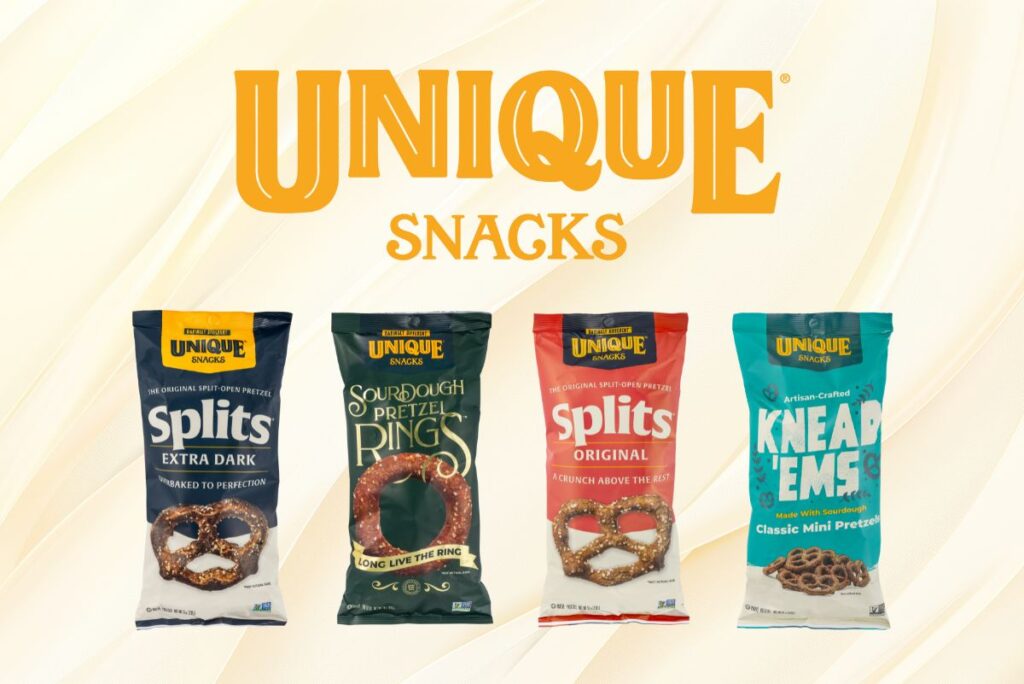LAS VEGAS — With a show feature dubbed “Sustainability Central,” one can assume PMMI, the association for packaging and processing technologies, would spotlight the top innovations and conversations happening in the sustainable packaging world at Pack Expo 2025.
During the show, held Sept. 29-Oct. 1 in Las Vegas, Kasra Eskandari, director of sales consulting at NielsenIQ (NIQ), and Eric Wagatha, head of consumer life at NIQ, led an education session titled Sustainable Packaging Impact on Consumer Behavior.










